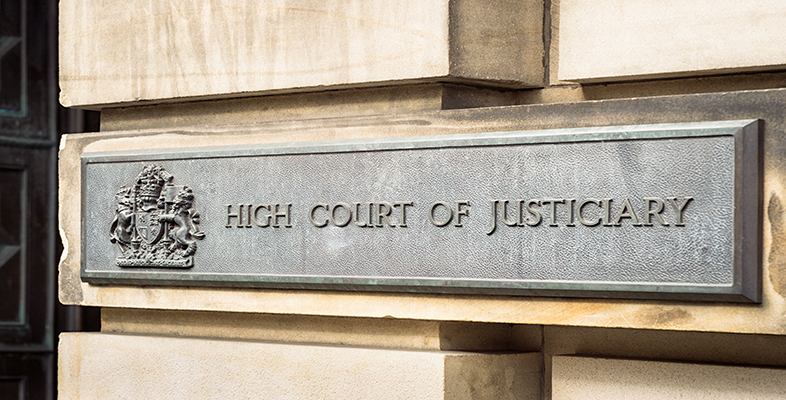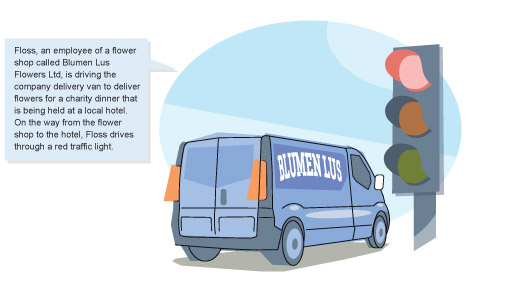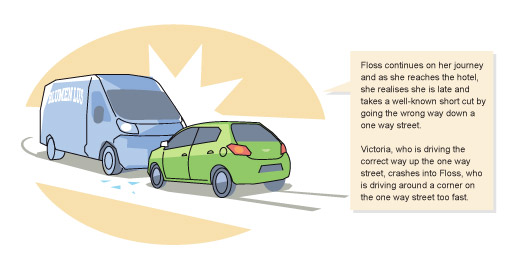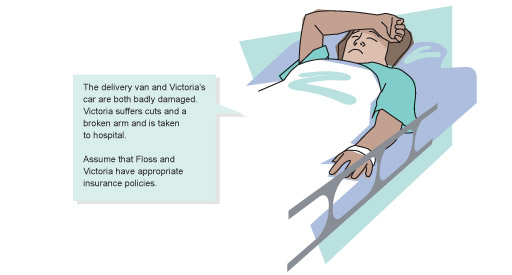2 Thinking about bringing a case
Bringing a legal case is rarely simple or straightforward. It can often be a lengthy and costly procedure. When thinking about the practicalities of bringing a legal case we tend to think about the cost of legal fees (for legal advice and representation) and how to get access to appropriate legal expertise. In reality these are only part of a much larger picture as consideration also needs to be given to aspects of the case such as court fees, gathering evidence, court procedure, time limits, the time and personal costs of those involved in a case, emotional costs in terms of the stress and uncertainties of the case outcome. These are all factors that can be important influences on a case. The purpose of this course is not to turn you into a legal practitioner but to raise awareness of the role and purpose of the justice system and the processes used. Within the Scottish justice system there are many rules and regulations and the rest of the course will consider key aspects which have relevance to the accessibility and transparency of law and legal proceedings.
What then are the matters which need to be considered in building a good legal case? As in constructing a building, it is important to ensure that any legal case is built upon sure foundations. First, you need to establish that a cause of action exists in law (there are recognised grounds on which to bring a claim or prosecution). There are many causes of action and ways in which a legal case can be built. Different rules and procedures will be followed depending on the nature or classification of the case brought. The scenario in Box 2 illustrates some of the matters which need considering. You are not expected to be able to identify the relevant areas of law but you should follow the discussion of the relevant matters.
Box 2 Blumen Lus Flowers
What relevant matter can be identified here? Floss, as an individual, has driven through a red traffic light. Failing to stop at a red traffic light is a criminal offence. It falls within the classification of criminal offences known as driving offences. You may have also spotted that Floss did this in a company van whilst on company business. That factor is not immediately relevant.
Floss has committed at least one further criminal offence by choosing to drive the wrong way down a one-way street. Has a speeding offence also been committed? A speeding offence is committed by a person driving over the speed limit on a particular road. Here the only information given is that Floss was driving ‘too fast’. This does not provide enough information. Was the ‘too fast’ judgement made by a measurement of the delivery van’s actual speed or by an eye-witness account of estimated speed?
Victoria was driving along the road in the correct manner. There is, however, no indication of the speed of Victoria’s vehicle. As Floss is clearly at fault (driving the wrong way down a one-way street), and the crash took place on a corner of the road, this is unlikely to be an issue.
Floss has committed a number of driving offences. These are criminal offences and any prosecution for these offences will take place in the criminal justice system. As a result of Floss’s actions the delivery van has been damaged, Victoria’s car has been damaged and Victoria has suffered personal injury. What is Victoria’s position? Victoria may choose to pursue a claim for compensation for the damage to the car and the personal injury caused. These are claims that would normally be heard in the civil justice system. The likely basis for these claims would be in a law known as delict and, in particular, the delict of negligence. In simple terms, this states that a road user owes a duty of care to other road users. If that duty of care is breached (broken) and damage occurs, then compensation may be payable. Here Floss’s criminal acts would indicate that the duty of care owed to Victoria has been breached. As an alternative, Victoria may seek compensation through the insurance company.
Before any prosecutions or claims for compensation are made, evidence would be gathered to prove the facts. This is likely to include statements from Floss and Victoria, eye-witness accounts, police traffic collision reports, any photographic evidence from cameras positioned at the traffic lights, film from any local CCTV cameras, expert evidence from a garage about the damage to the car and company vehicle, medical reports on Victoria’s injuries, reports on any loss of property or loss of earnings suffered by Victoria, proof of ownership of the vehicles, proof of insurance, reports of any faults on the vehicle (for example, were the brakes on the company van in good condition) and photographs from the scene of the accident. What may appear to be a simple accident with one party obviously at fault will require evidence to prove that fault. Floss may try to bring a counter-claim and allege that Victoria was at fault as Victoria failed to stop her vehicle in time.



